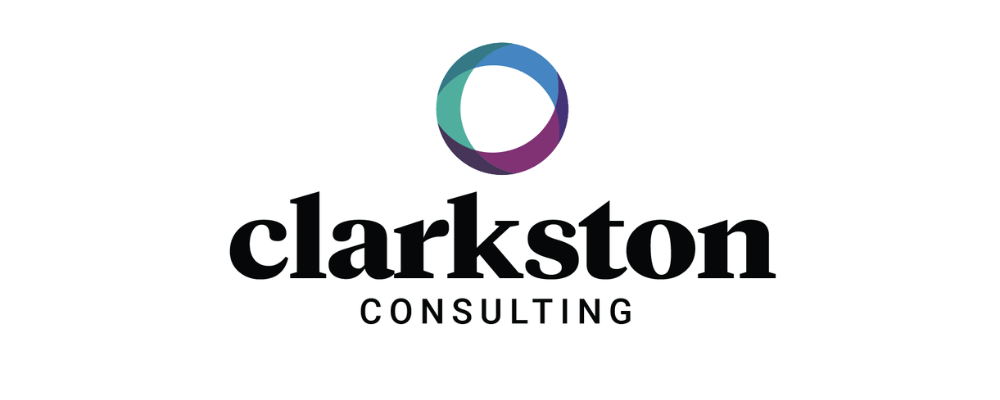As we begin 2024, the wine, spirits, and beer industry is still reeling with the changes in the aftermath of the pandemic. The greatest challenge facing the industry is dealing with the ever-changing ebbs and flows of alcohol consumption trends and demands. As consumers adjusted to a more home-centered lifestyle with remote working and lockdowns, the demand for convenient purchases grew. However, even though we’ve returned to a more pre-2020 world, consumers aren’t willing to give up the convenience.
Many brands in the wine and spirits industry have now incorporated Direct-to-Consumer (DTC) options to allow for easy purchasing and delivery of products right to the consumer’s door. Consumers are also increasingly leaning toward purchasing premium alcohol products, reallocating money they’d normally spend in restaurants and bars to higher-end products enjoyed at home. In addition, Generation Z is now at the legal drinking age, opening another market for retailers to focus on. The alcohol industry is constantly shifting to keep up with the changing preferences of its consumer base and the trends that are taking the spotlight in 2024.
2024 Wine, Spirits, and Beer Industry Trends
Trend #1: 0% ABV (Alcohol by Volume) Beverages
An increasing number of consumers are shifting to a sober-curious lifestyle, and wine, spirits, and beer brands are looking for ways to maintain a connection with this population. In a survey conducted about alcohol consumption patterns, only 42% of millennials reported they regularly consumed alcohol. While the purchasing power of Gen Z is still growing in this industry, only 21% of those in this young generation surveyed partake regularly as well.
To cater to the sober-focused lifestyle, many brands, such as White Claw, have introduced beverages with a 0% ABV. The market sales of 0% ABV beverages reached $11 billion in 2022, with a predicted CAGR of about 10% through 2033. 0% ABV beverages provide the social experience that traditional alcoholic beverages come with and can often maintain the flavor profile of the alcoholic equivalent.
New 0% ABV beverages, such as the White Claw seltzer, eliminate many of the downsides of alcohol consumption. The novel drinks have a lower health risk, are safe for driving, and eliminate hangovers and other negative effects. They can also be great, authentic tasting additions to non-alcoholic cocktails to replicate the typical alcohol experience and taste.
One of the biggest advantages of the new 0% ABV beverages is their ability to replicate the social experience of drinking without the alcohol content. Most of the drinks look almost identical to their alcoholic counterparts, allowing those who are engaging in the dry lifestyle to still engage with friends and colleagues in the same way as before and limiting potential outside judgment of consumption habits. This can be a strategic marketing strategy where companies can maintain consistent branding but showcase a wide variety of products. The continued growth of the 0% ABV beverage market caters to the consumer demand for more sober-conscious options and helps brands stay in touch with all participants in their consumer base. For companies to maintain and grow their market share in this industry, it will be critical to invest in 0% options to account for the changing consumption patterns.
Download the Full 2024 Wine, Spirits, and Beer Industry Trends Report Here
Trend #2: Functional Beverages – Benefit Beyond Taste and ABV
Functional beverages are defined as beverages that provide a benefit outside of hydration and flavor, such as added vitamins or minerals. By 2032, the functional beverage market is expected to reach a size of $261 billion with a CAGR of 6.5%. Much of this market share is attributable to non-alcoholic beverages, such as energy drinks or protein shakes, that provide protein, caffeine, and hydration.
While functional beverages themselves aren’t a new concept, the development of functional alcoholic beverages is relatively new to the industry. One of the driving brands in this market, Vizzy, offers fortified alcohol products, designed to incorporate vitamins and antioxidants into the drinking experience. Other beverages released include Hard Kombucha, which is low-calorie, made with real fruit, and has an assortment of other natural benefits while still providing the desired alcohol content. FitVine has also released wines that stand out for zero sugar content without compromising flavor or ABV.
Functional alcoholic beverages help wine, spirits, and beer brands reach a much larger consumer base. In fact, 29% of consumers actively pursue healthier drinking options, and these new beverages offer an appealing alternative to traditional alcoholic options. Functional alcoholic beverages can’t eliminate the adverse effects of alcohol consumption, but they do present the opportunity for balance between regular drinking and a sober lifestyle.
As of now, the FDA hasn’t endorsed the addition of vitamins and minerals to alcoholic beverages, and these drinks also still warrant moderation in consumption. Traits such as a high sugar content can undermine the effectiveness of functional beverages, but the opportunity to stay in touch with shifting consumer demands makes this market especially enticing. Functional beverages are expected to continue to grow in popularity, and companies must invest in this sector to keep up with consumer trends. Functional beverages sit at a crucial middle ground between traditional alcohol beverages and 0% options, so it can be an effective way to maximize your consumer base. Continue reading by downloading the full report below.
Download the Full 2024 Wine, Spirits, and Beer Industry Trends Report Here
“At Clarkston Consulting, we make our clients’ purpose our purpose. Since 1991, we have worked with global life sciences, consumer products, and retail companies to advance their most complex global priorities.”
Please visit the firm link to site


